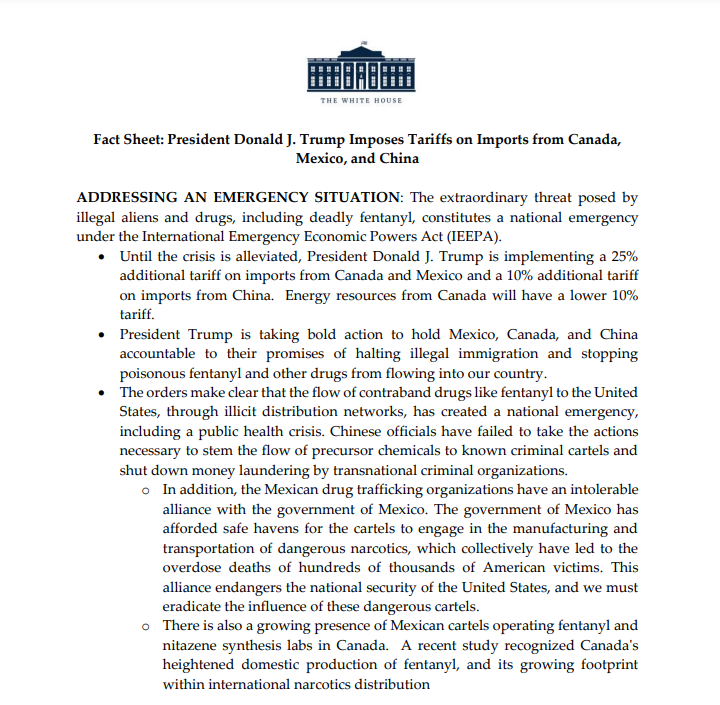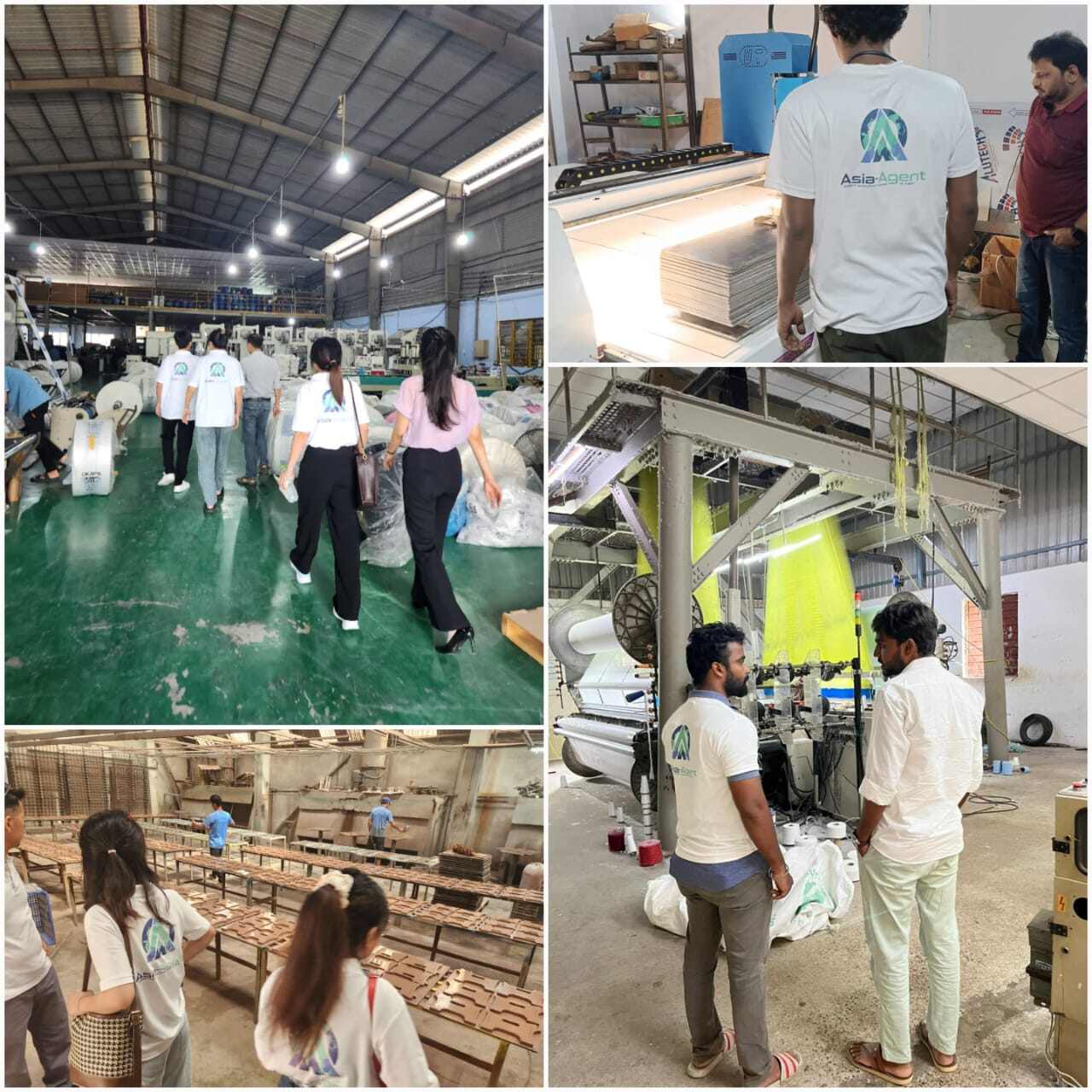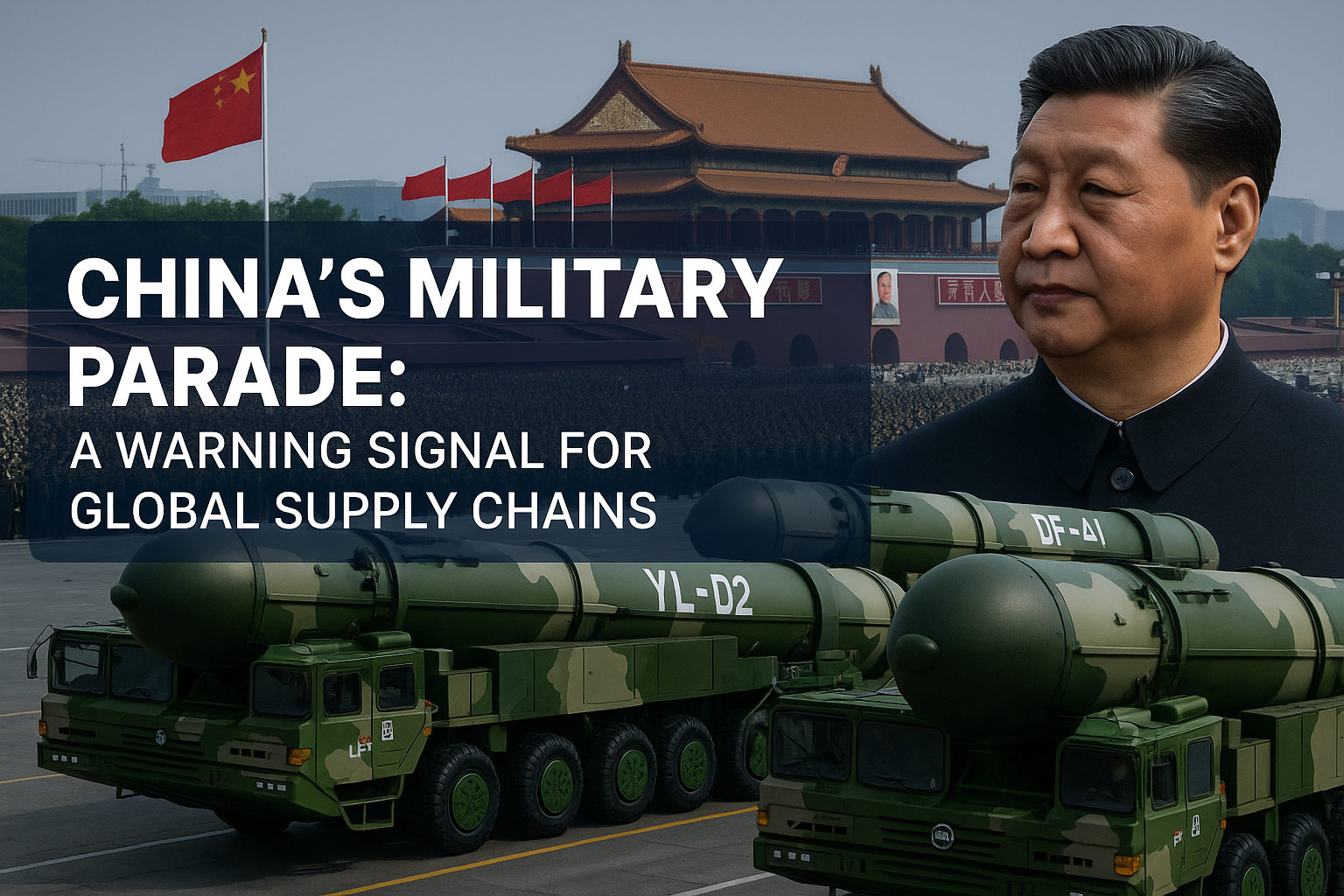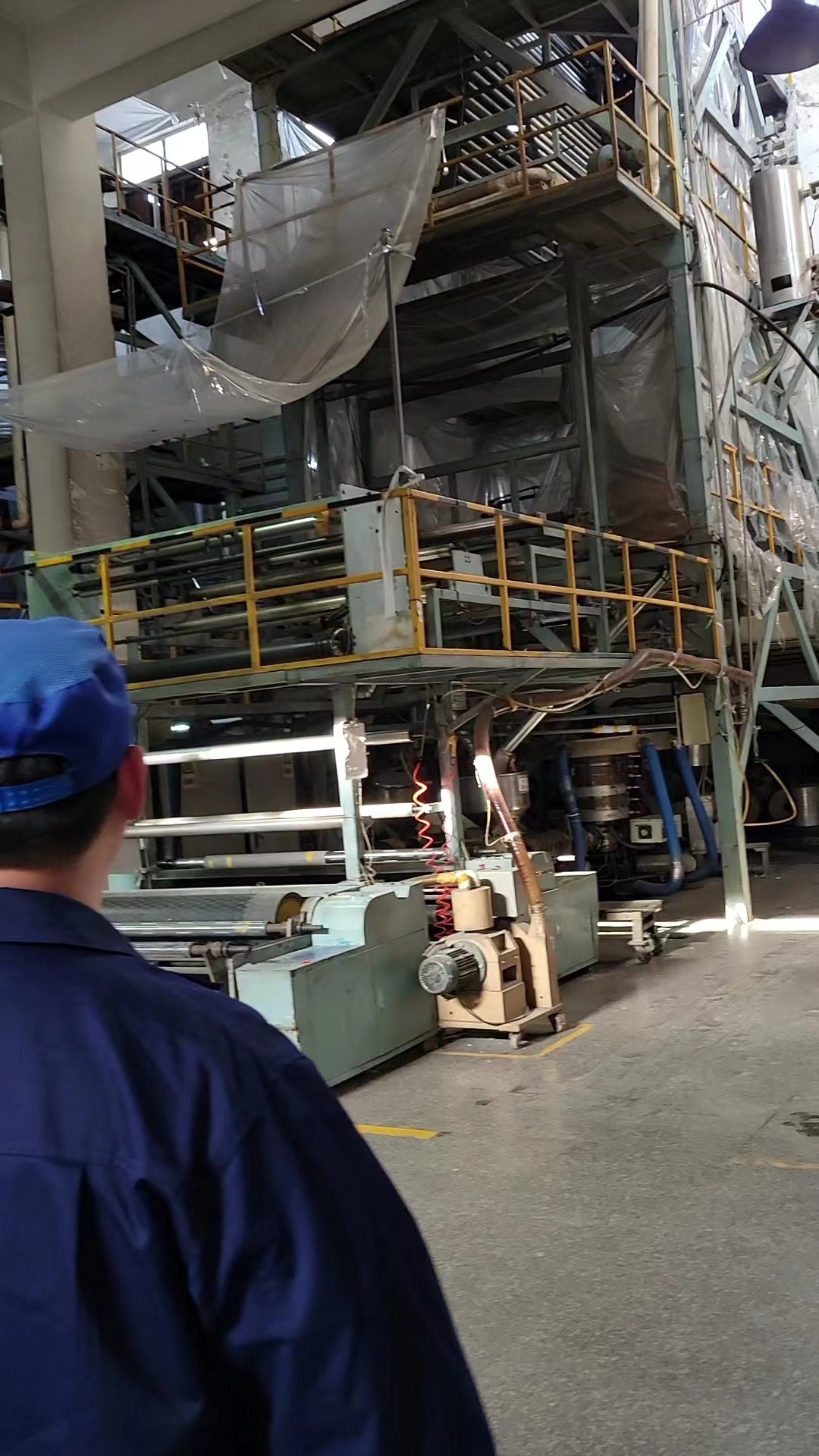Mapping the Transition: How to Move Your Manufacturing Beyond China in the Face of New U.S. Tariffs
Introduction
The latest round of U.S. tariffs on Chinese imports has left businesses scrambling for solutions. With a 10% tariff imposed on all Chinese goods and additional restrictions looming, companies reliant on China-based manufacturing are facing increasing costs and operational risks.
Rather than waiting for conditions to worsen, now is the time to map out a structured transition strategy. Businesses must analyze their supply chain vulnerabilities, explore new manufacturing hubs, and ensure a smooth shift without disrupting operations.
At Asia Agent Pte Ltd, we specialize in supply chain mapping and transition planning across key Asian manufacturing hubs. In this article, we’ll guide you through the critical steps for successfully shifting production away from China.
Step 1: Understanding the Tariff Impact on Your Business
Before making any moves, businesses must assess how tariffs will affect their bottom line. Key questions to consider:
- How much of your current production is based in China?
- Which product categories are impacted by tariffs, and to what extent?
- What is the total cost increase per unit after factoring in tariffs and logistics?
- Can price increases be absorbed, or will they need to be passed on to customers?
This initial supply chain analysis will set the foundation for an informed transition strategy.
Step 2: Identifying Alternative Manufacturing Hubs
While China has dominated global manufacturing for decades, several emerging Asian hubs now offer viable alternatives. The best fit depends on your industry, cost priorities, and logistical needs.
Key Manufacturing Alternatives to Consider
- Vietnam – Strong in electronics, furniture, and textiles, with trade agreements offering tariff advantages.
- India – A fast-growing hub for automotive, consumer electronics, and pharmaceuticals, supported by a large workforce.
- Bangladesh – A leader in apparel and textiles, offering the lowest labor costs in the region.
- Indonesia – Emerging in footwear, apparel, and industrial manufacturing, with improving infrastructure.
Each country presents unique benefits and challenges. At Asia Agent Pte Ltd, we provide in-depth country analysis, helping businesses determine the right location for their needs.
Step 3: Mapping the Transition
A successful transition requires step-by-step mapping to ensure production shifts without disruptions. This includes:
- Supplier Identification & Vetting – Finding the right factories with proven quality standards and stable production capacity.
- Factory Visits & On-the-Ground Inspections – Evaluating manufacturing facilities before committing to large orders.
- Production Testing & Sample Runs – Ensuring new suppliers can meet your specifications before full-scale production.
- Logistics & Shipping Optimization – Adjusting supply routes and delivery schedules to maintain efficiency.
- Legal Contracting & IP Protection – Ensuring ironclad agreements to safeguard your products, molds, and intellectual property.
With Asia Agent Pte Ltd’s local teams in Vietnam, India, Bangladesh, and Indonesia, we provide hands-on assistance at every stage to ensure a smooth and secure transition.
Step 4: Making the Transition Gradual
Rather than shifting production overnight, businesses should phase the transition over 6–12 months. This allows time to:
✔ Test multiple suppliers before committing to full orders.
✔ Resolve any quality or logistical issues early.
✔ Negotiate better pricing and payment terms with new factories.
✔ Ensure product consistency across different hubs.
At Asia Agent Pte Ltd, we manage the transition process, ensuring production moves seamlessly without interrupting supply chains.
Conclusion: The Time to Act Is Now
With rising tariffs and global uncertainty, waiting too long to diversify manufacturing could be a costly mistake. Businesses must act now to map their transition, secure reliable suppliers, and avoid the financial burden of U.S. tariffs on Chinese imports.
At Asia Agent Pte Ltd, we provide a complete roadmap for transitioning your supply chain out of China, offering:
✅ Supply chain mapping to find the right country for your needs.
✅ Factory sourcing and supplier vetting in Vietnam, India, Bangladesh, and Indonesia.
✅ Legal, quality, and logistics support to ensure a smooth transition.




